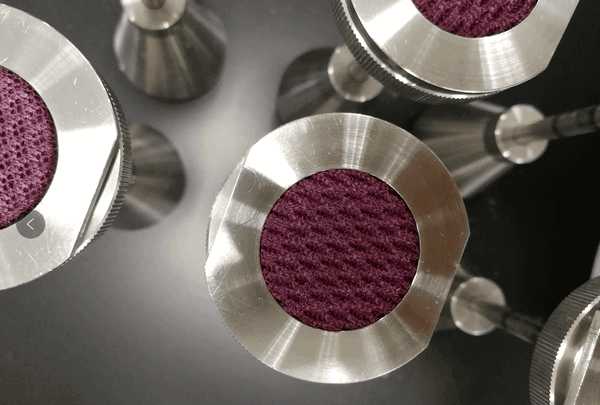- Qinsun Instruments Co., Ltd.
- Tell:+86-21-6780 0179
- Phone:+86-17740808215
- Address:No. 2578 Minhang District Gu Dai Road, Shanghai
- Contact:Mr. Li
- QQ:846490659
How to choose a pressure gauge to measure pressure

Pressure is one of the important parameters in industrial production. In order to ensure the operation of the production party, it is necessary to monitor and control pressure;
However, it should be noted that the pressure referred to here is actually the pressure in the physical concept, which is the force acting vertically on a unit area.
In pressure measurement, pressure, gauge pressure, negative pressure, or vacuum degree are commonly used.
The so-called pressure refers to the total pressure exerted by the measured medium on a unit area of the container, represented by the symbol pj. The instrument used to measure pressure is called a pressure gauge.
The average pressure generated by the air column on the ground is called atmospheric pressure, represented by the symbol pq. The instrument used to measure atmospheric pressure is called a barometer.
The difference between pressure and atmospheric pressure. It is called gauge pressure and is represented by the symbol PB. That is, PB=pj pq.
When the pressure value is less than the atmospheric pressure value, the gauge pressure is negative (i.e. negative pressure), and the value of this negative pressure value is called vacuum degree, represented by the symbol pz.
The instrument used to measure vacuum degree is called a vacuum gauge. An instrument that can measure both pressure and vacuum is called a pressure vacuum gauge.
Measurement of Pressure and Selection of Pressure Gauges
The principle of pressure measurement can be divided into liquid column type, elastic type, resistance type, capacitance type, inductance type, and vibration frequency type, etc.
The pressure gauge measures a wide range of pressure, which can be measured from ultra vacuum, such as 133 × 10-13Pa until ultra-high pressure of 280MPa.
Pressure gauges can be divided into laboratory type and industrial application type structurally. There are various types of pressure gauges. Therefore, it is very important to choose a pressure gauge well based on the tested pressure object.
1. Local pressure indication
When the pressure is 2.6 Kpa, diaphragm pressure gauges, bellows pressure gauges, and Bourdon tube pressure gauges can be used. When detecting low pressure close to atmospheric pressure, a diaphragm pressure gauge or a bellows pressure gauge can be used.
2. Remote pressure display
If remote pressure display is required, pneumatic or electric pressure transformers are generally used, and electrical pressure sensors can also be used.
When the pressure range is 140~280MPa, a high-pressure pressure sensing receiver should be used. When measuring under high vacuum, a thermoelectric vacuum gauge can be used.
3. Multi point pressure measurement
When conducting multi-point pressure measurement, a touring pressure detector can be used.
If the measured pressure reaches the limit value and requires an alarm, various pressure gauges with accompanying alarm devices should be selected.
In addition to the above considerations, the correct selection of a pressure gauge also requires consideration of the following points.
(1) The selection of range is determined based on the magnitude of the measured pressure to determine the instrument range.
For elastic pressure gauges, when measuring stable pressure, the maximum pressure value should not exceed 3/4 of the full range; When measuring the fluctuating pressure, the maximum pressure value should not exceed 2/3 of the full range. The minimum measured pressure value should not be less than one-third of the full range.
(2) The accuracy level of the instrument is determined based on the principle of economy and affordability, based on the maximum measurement error allowed by production.
A pressure gauge of grade 1.5 or 2.5 is sufficient for general industrial use, while a precision pressure gauge or standard pressure gauge of grade 0.5 or 0.35 is used for scientific research or precision measurement.





